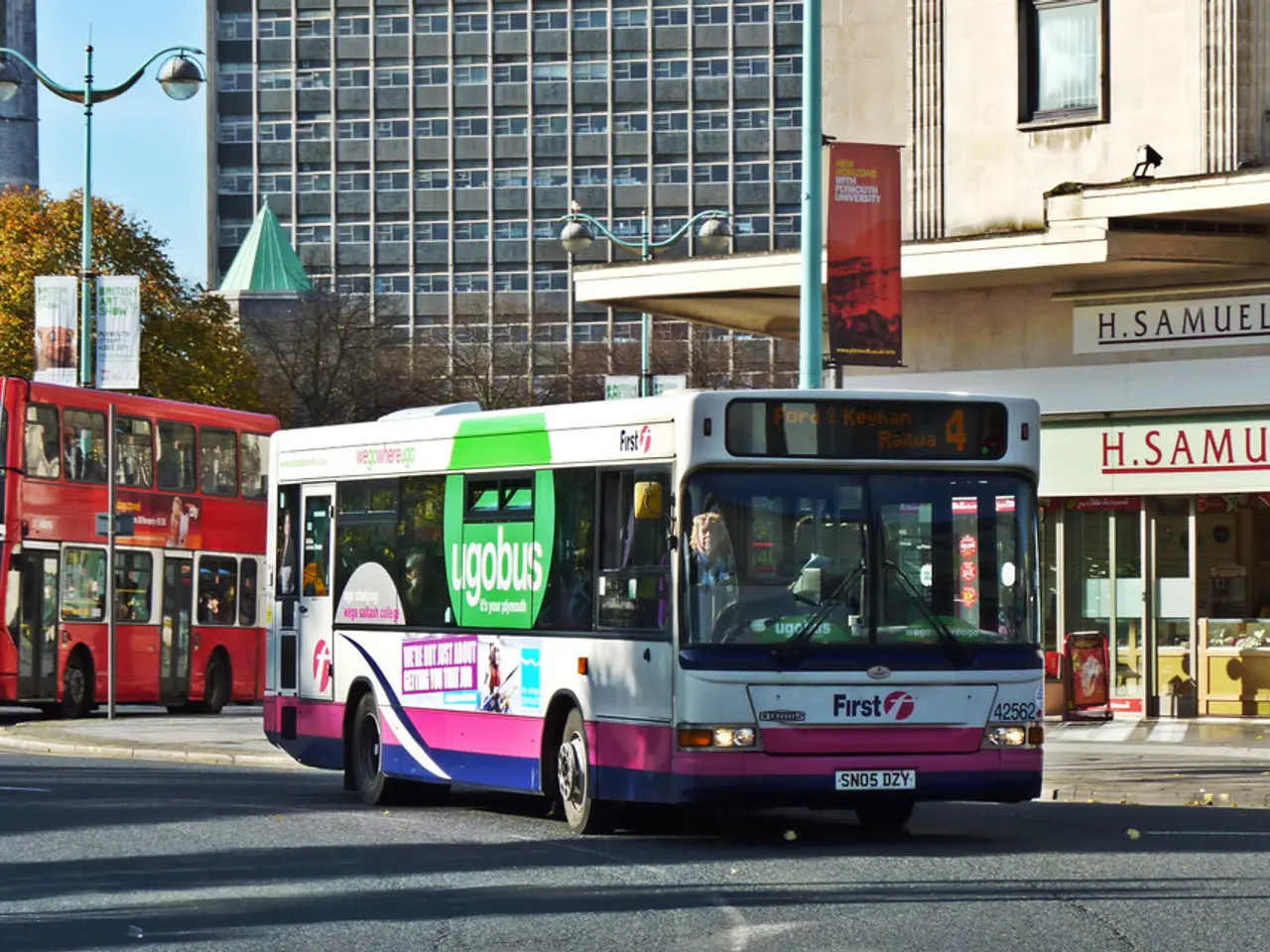Economic Forecast by Kiplinger: Uncertainty Decreases, Expenses Increase
The ongoing investigations by the Commerce Department into semiconductors, pharmaceuticals, and lumber, as well as existing tariffs on various imports, are causing a ripple effect across the economy. The tariffs, designed to protect domestic industries, are contributing to a climate of business uncertainty that negatively impacts investment and hiring decisions.
This uncertainty is slowing economic growth and employment. According to forecasts, global growth is expected to slow in 2025 due in part to this uncertainty, but could improve in 2026 if tariff tensions ease, allowing businesses to better plan.
One of the most significant areas affected by tariffs is the labor market. Tariffs tend to raise input costs for businesses, which can indirectly increase labor costs as firms adjust wages or employment levels to maintain profitability. This has already led to an increase in the U.S. unemployment rate by 0.4 percentage points by the end of 2025 and 0.7 points by the end of 2026, with a payroll employment reduction of 500,000 jobs.
Sector-specific impacts show a mixed picture. U.S. manufacturing output has expanded by about 2.0% due to tariffs, but this gain is offset by contractions in other sectors such as construction (down 3.6%) and agriculture (down 0.8%). Consumers face higher prices, especially in clothing and textiles, with shoe prices up 39% and apparel prices 37% in the short run, which dampens consumer spending and affects related industries.
The trade deal between the U.S. and EU, which set a 15% tariff on most EU exports to the U.S., appears to have a mild negative impact on EU GDP growth but a larger negative effect on the U.S. economy, estimated around a 1% drop in GDP and a 1.5 percentage point increase in U.S. headline inflation attributable to tariffs.
Despite these challenges, there are signs of improvement. Annual wage growth is expected to hit 3.5% by the end of 2025, and business lending for commercial and industrial purposes has increased in June and July after staying flat for two years. However, businesses are still showing caution by limiting their hiring plans.
The construction, agriculture, retail, leisure, and hospitality industries may be most affected by possible labor shortages due to immigration. To mitigate increased costs, businesses may decide to pass on the increased costs to end-users or accept reduced profit margins. The cost of shipping by truck will follow the seasonal pattern of the past two years, with rates not appreciably increasing until demand for manufactured goods and home construction improves.
Measures of business uncertainty have begun to ease recently, following tariff deals with Japan and the European Union. Despite this, tariffs on most imports will increase costs by about 15% on average. The ongoing tariff environment underscores the need for careful consideration of their impact on various sectors of the economy and the labor market.
References:
- Source 1
- Source 2
- Source 3
- Source 4
In an attempt to diversify investment portfolios and mitigate economic instability, some forward-thinking firms might consider decentralized finance (defi) as an alternative to traditional finance, given the uncertainties caused by tariffs and trade tensions. Meanwhile, Initial Coin Offerings (ICOs) could potentially offer novel financing methods for Venture Capital (VC) businesses, making them less reliant on traditional wallet-based funds. However, the continued tariff environment and business uncertainty may impact the decision-making process within the finance and business sectors, necessitating caution and strategic planning.



